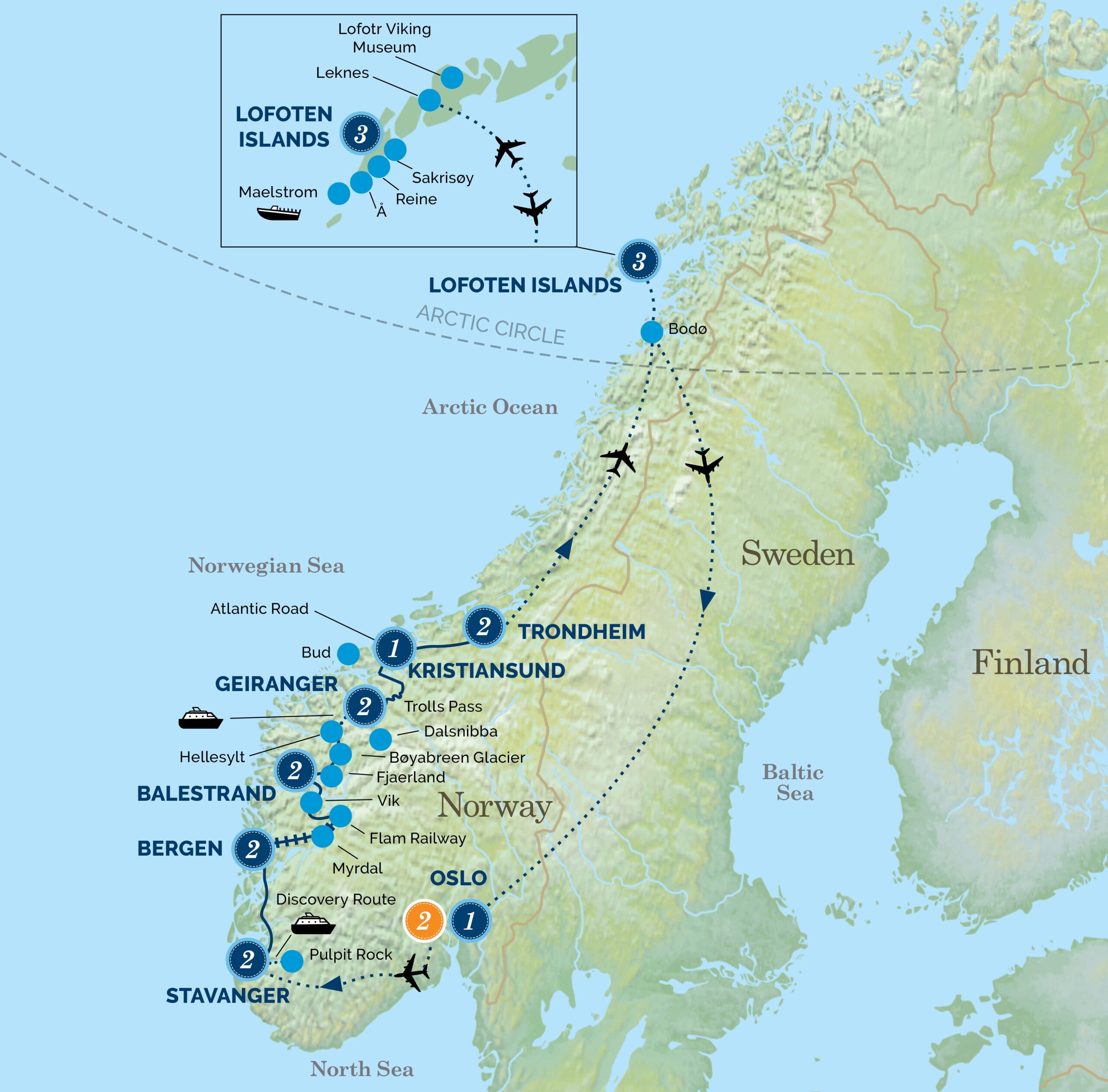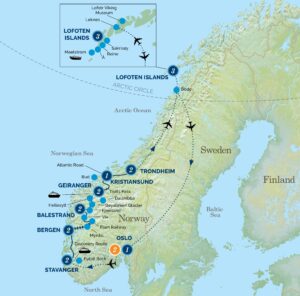Panama, a Central American nation, often occupies a space overshadowed by its more widely recognized neighbors. However, this small yet vibrant country boasts a myriad of unexpected qualities and profound historical significance, making it a fascinating subject of exploration. Here, we delve into an array of surprising facts about Panama that reveal its cultural richness, geographical marvels, and sociopolitical importance.
1. Home to the World-Famous Canal
Established in the early 20th century, the Panama Canal is perhaps the most iconic feature of this nation. Spanning about 50 miles, this engineering marvel transformed global trade by providing a shortcut between the Atlantic and Pacific Oceans. Its significance extends beyond mere geography; it symbolizes innovation and the interconnection of global economies.
2. A Tapestry of Diversity
Panama’s demographic composition is a splendid tapestry woven from various ethnicities. While mestizos, a blend of indigenous and Spanish descent, form the majority, the nation is also home to communities of Afro-Panamanians, indigenous tribes, and expatriates from across the globe. This diversity cultivates a rich cultural landscape, replete with languages, traditions, and culinary delights.
3. The Indigenous Legacy
Indigenous groups, such as the Kuna, Ngäbe-Buglé, and Emberá, continue to play a crucial role in Panama’s cultural identity. Their customs, languages, and handicrafts contribute not only to the local economy but also to the preservation of heritage in an increasingly globalized world. Tourists can engage with these communities, gaining insights into traditional lifestyles that have endured for centuries.
4. An Eco-Diverse Paradise
Panama is a biodiversity hotspot. Roughly 40% of the country is protected land, encompassing national parks and reserves rich in flora and fauna. The country is home to more than 10,000 plant species, 1,500-plus bird species, and an array of unique wildlife, including jaguars and poison dart frogs. This ecological wealth is a draw for eco-tourism and conservation efforts.
5. Unique Wildlife Encounters
With its strategic location between two oceans, Panama harbors species that are found nowhere else on Earth. The archipelago of Bocas del Toro and the Darien rainforest are especially famous for showcasing endemic wildlife. Birdwatchers flock to the country in droves to catch glimpses of elusive species like the resplendent quetzal and the harpy eagle, underscoring its appeal as a premier ecological destination.
6. A Culinary Melting Pot
The gastronomy of Panama reflects its cultural mosaic. Traditional dishes like sancocho, a hearty chicken soup, and ceviche, marinated seafood, mirror the influences of Indigenous, Spanish, and African cuisines. The fusion of flavors results in an exquisite culinary experience, ranging from street food to dining in some of the most sophisticated restaurants.
7. The World’s Second-Oldest City
The city of Casco Viejo, a UNESCO World Heritage Site, is renowned for its historical architecture and rich history. Founded in 1673 after the original Panama City was sacked by pirates, Casco Viejo combines colonial Spanish, French, and Italian influences into its picturesque streets and buildings. Today, it is a vibrant neighborhood thriving with art galleries, cafés, and nightlife, capturing the allure of Panama’s past while embracing modernity.
8. A Nation of Contrasts
Despite its small size, Panama exhibits remarkable contrasts, from its bustling capital, Panama City, characterized by towering skyscrapers and a vibrant nightlife, to the serene, laid-back beaches along the Caribbean coast. This juxtaposition offers both residents and travelers a diverse range of experiences, allowing exploration of both urban excitement and natural beauty.
9. The Longest Tradition of Jazz
Panama has a storied connection to jazz. The annual Panama Jazz Festival celebrates this genre and honors the country’s jazz heritage, which is influenced by both Afro-Panamanian rhythms and American jazz. With renowned musicians participating, this event not only enhances cultural awareness but also draws music enthusiasts from around the world.
10. The Economy and the U.S. Dollar
The economy of Panama is unique, largely buoyed by the Panama Canal and financial services. Interestingly, Panama does not have its own currency; instead, it uses the U.S. dollar alongside its own Balboa, which is pegged to the dollar. This dollarization simplifies trade and investment, drawing international businesses to the country.
11. A Leader in Renewable Energy
Panama is making significant strides toward renewable energy sources, particularly hydroelectric power, which accounts for over 60% of its energy production. With abundant natural water resources, the country is committed to sustainability, underscoring its forward-thinking stance on environmental stewardship.
12. A Multicultural Festival Scene
The annual Carnival celebration in Panama is one of the biggest and most colorful festivals in Latin America, featuring parades, music, and extravagant costumes. The blend of cultural influences is evident in the festivities, showcasing the country’s diversity and communal spirit. Other local festivals, paying homage to folklore and religious traditions, further enrich the cultural calendar.
13. Strategic Geographic Location
Panama’s geographic position connects North and South America, facilitating vital trade routes. This strategic location has historically made Panama a melting pot of cultures and a significant player in international relations. The country’s ability to bridge diverse regions contributes to its global significance.
14. National Parks and Reserves
There are over 15 national parks and numerous reserves in Panama, each showcasing unique ecosystems. The Coiba National Park, a marine park, is particularly noteworthy; it is home to diverse marine life like whales and sea turtles. Such natural reserves not only protect biodiversity but also provide opportunities for sustainable tourism.
In conclusion, while Panama may initially seem modest in stature, it possesses an abundance of intriguing facets waiting to be discovered. Its rich history, cultural diversity, breathtaking landscapes, and economic significance contribute to a narrative that invites admiration, exploration, and deeper understanding. Those who venture beyond the surface will find a nation brimming with surprises that reveal its true essence.









